International
At least one dead and six injured in a Ukrainian drone attack against southern Russia
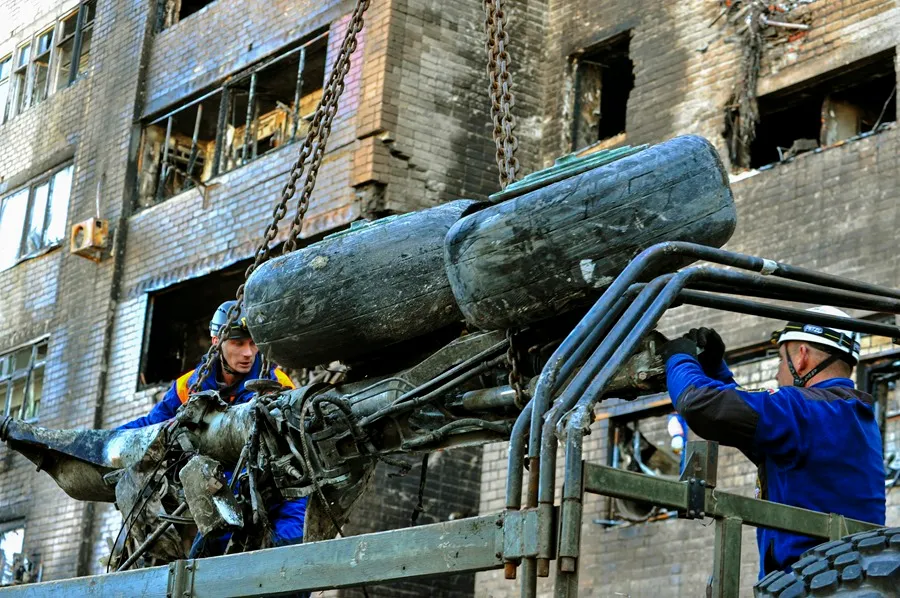
At least one person died and six others were injured last night in a massive Ukrainian drone attack against the Krasnodar region, in southern Russia.
The authorities of that entity of the Federation reported this Friday that “as a result of the fall of the fragments of a drone, one of the workers of a boiler in the city of Krasnodar died.”
For their part, the emergency services have confirmed that in addition to the boiler where the fatal victim occurred, the building of a bus station in the regional capital was damaged in the attack.
“At least four people were injured by the fall of the remains of drones, according to preliminary data,” the regional authorities said in a press release collected by the Interfax agency.
Two other people were injured by the impact of another drone on the territory of the Ilski oil refinery, one of the most important in the south of the country.
According to the official version, the attack did not cause damage to the facilities of the refinery, which, like all of Russia’s oil infrastructure, is considered by Ukraine as a priority military target.
The Russian Ministry of Defense confirmed the massive nature of the attack on the Krasnodar region, where last night, according to the military, 43 fixed-sing drones were shot down.
In addition, the Russian military command indicated that anti-aircraft defense systems killed 70 unmanned devices over the annexed Crimean peninsula and the Black Sea, in whose waters, he added, six water drones of the Ukrainian Navy were destroyed.
Meanwhile, at the front, Ukraine recovers land near the town of Vovchansk, in the border area with Russia of the Kharkov region and Russian forces continue to advance in the eastern region of Donetsk, according to the daily bulletin on the course of the war published by the Institute for the Study of War (ISW), based in the United States.
The town of Chasiv Yar, in the eastern region of Donetsk, has been one of the main objectives of Russian operations on this front for months.
However, Ukraine continues to maintain control of the locality despite the constant Russian attacks in the area.
In the Kharkov region, another of the epicenters of the fighting, Ukrainian forces are carrying out assault operations in the northeast of Vovchansk to finish expelling Russian troops from the area, according to the Ukrainian Telegram military channel DeepState,
The channel clarifies that there can be no talk of Ukrainian “counter-offensive actions” and that Russian forces continue to launch infantry attacks on this part of the front opened by Russia in the middle of last month.
According to the daily report on the war of the Kiev Center for Defense Strategics, Ukraine has regained control of the village of Tije and part of the town of Staritsia, both east of Vovchansk
Central America
Senator Van Hollen Meets with Deported MS-13 Member in El Salvador; Trump and Bukele React
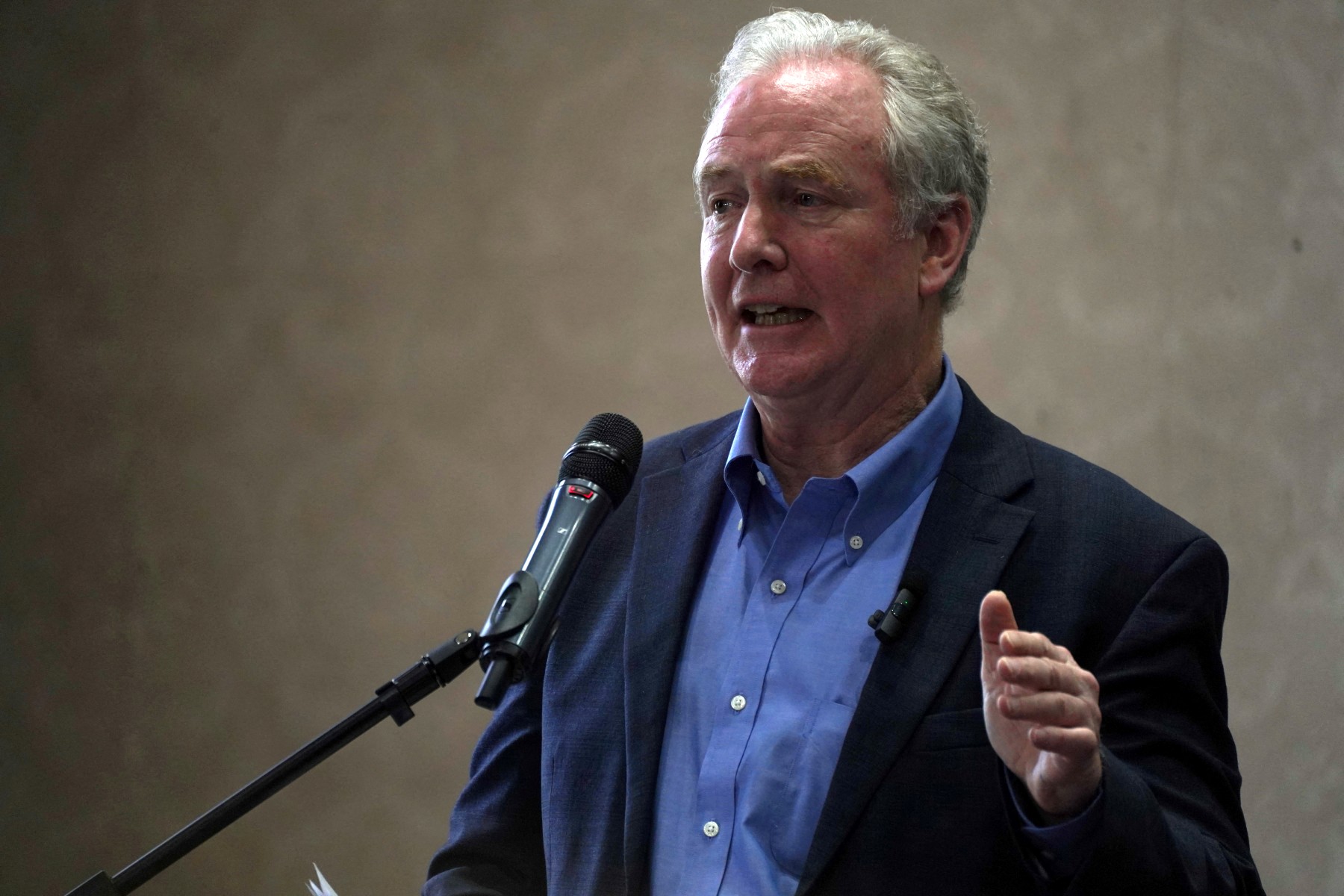
U.S. Democratic Senator Chris Van Hollen, representing the state of Maryland, held a meeting in El Salvador with deported MS-13 gang member Kilmar Ábrego García, a member of the criminal group classified by the U.S. government as a terrorist organization.
“Kilmar Ábrego García, miraculously resurrected from the ‘extermination camps’ and ‘torture chambers,’ now sipping margaritas with Senator Van Hollen in the tropical paradise of El Salvador!” wrote President Nayib Bukeleon X (formerly Twitter), sharing photos of Van Hollen, Ábrego García, and a lawyer sitting together at a Salvadoran hotel.
The deported gang member is seen wearing a plaid shirt and a flat-brimmed cap, seated at a table with glasses and coffee cups. The senator also shared images of the meeting on his own social media accounts.
Bukele reaffirmed that Ábrego will remain in El Salvador and will not be returned to the United States.
“Now that his health has been confirmed, he has earned the honor of remaining under the custody of El Salvador,” Bukele added.
Former U.S. President Donald Trump criticized the senator’s meeting with Ábrego on Truth Social, calling Van Hollen “a fool” for advocating for Ábrego’s return to the U.S.
International
Pope Francis Appears for Easter Blessing, Calls for Peace and Religious Freedom
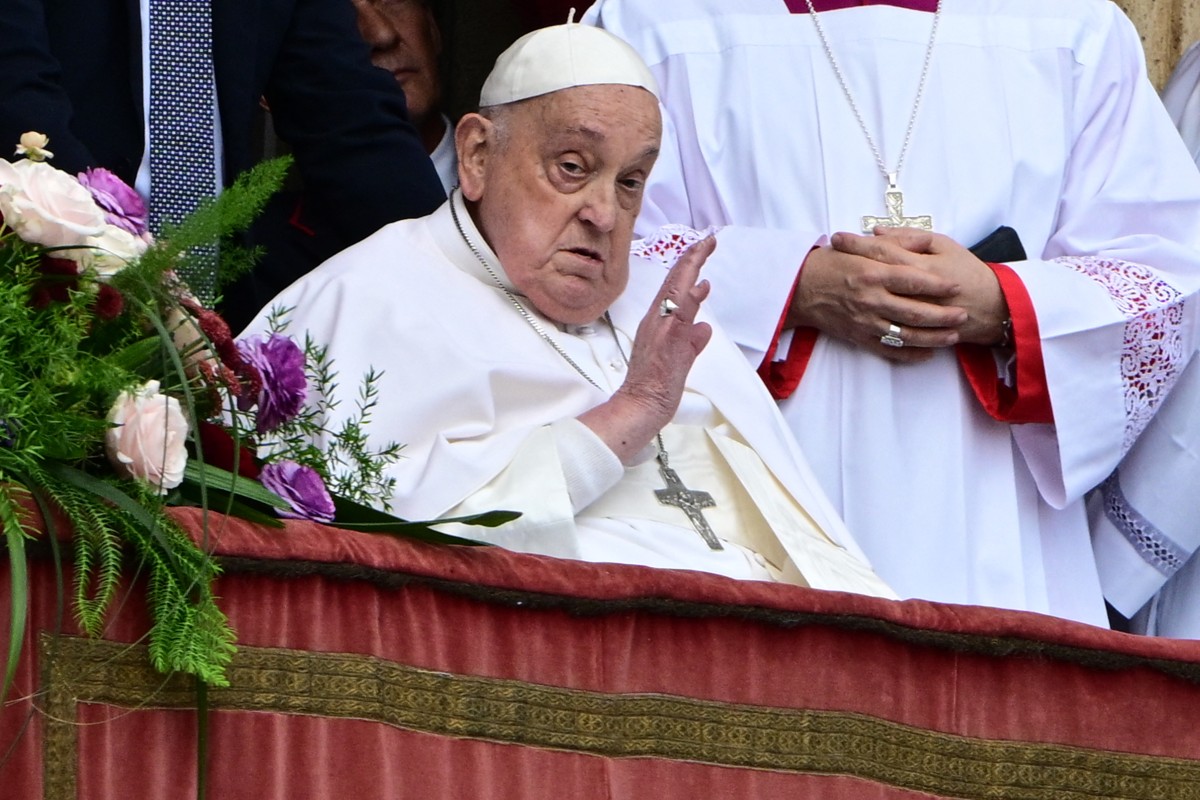
Pope Francis, still recovering from pneumonia, appeared on the balcony of St. Peter’s Basilica in the Vatican on Easter Sunday and, with a faint voice, wished a “Happy Easter” to the thousands of faithful gathered to celebrate the Resurrection of Christ.
A month after being discharged from a lengthy hospital stay, the presence of the 88-year-old pontiff had remained uncertain, with the Vatican not confirming his attendance ahead of time.
Eventually, the pope made a brief appearance in a wheelchair shortly after 12:00 p.m. (10:00 GMT) to deliver his traditional “Urbi et Orbi” blessing (“to the city and to the world”).
Although no longer wearing an oxygen cannula, the Argentine Jesuit relied on a close aide to read his Easter message, which touched on major global conflicts.
Francis condemned the “dramatic and unworthy humanitarian crisis” in Gaza and called for a ceasefire, while also expressing concern over the “growing climate of antisemitism spreading across the globe.”
He further emphasized the importance of religious freedom and freedom of thought, stating that without mutual respect, “peace is not possible.”
International
Thousands rally nationwide against Trump’s threat to U.S. democracy
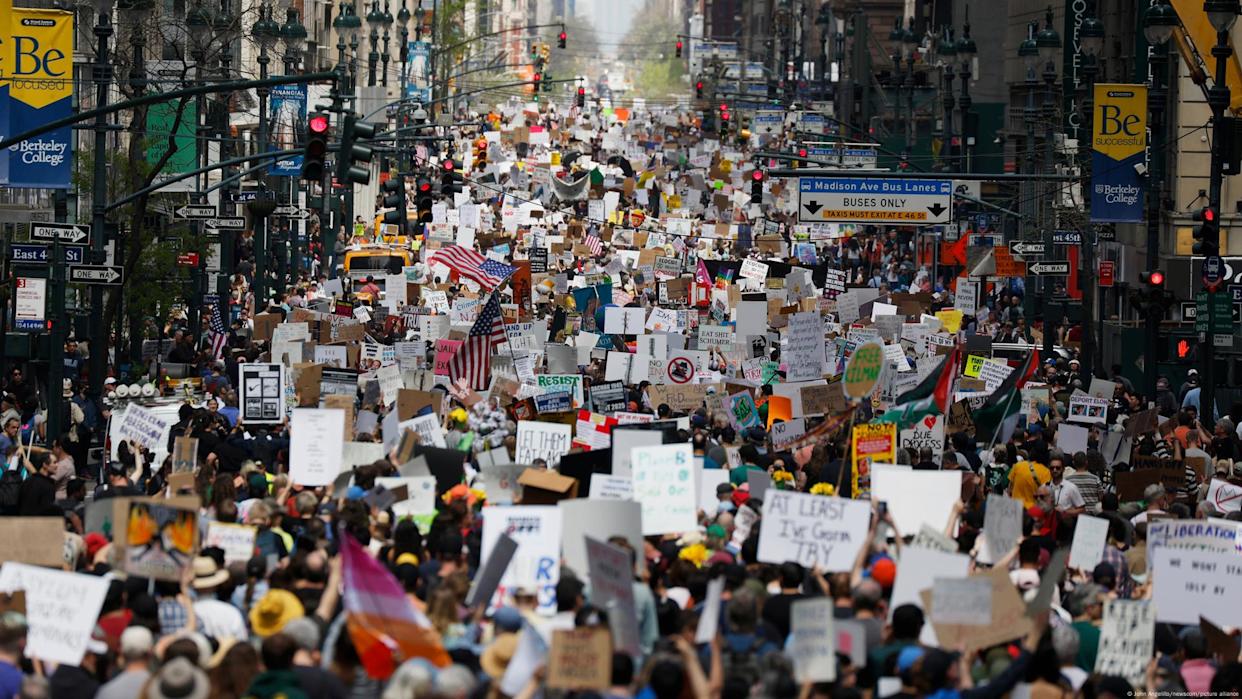
Thousands of protesters gathered on Saturday (April 19, 2025) in major cities like New York and Washington, as well as in small communities across the United States, in a second wave of demonstrations against President Donald Trump. The crowds denounced what they view as growing threats to the country’s democratic ideals.
In New York City, demonstrators of all ages rallied in front of the Public Library near Trump Tower, holding signs accusing the president of undermining democratic institutions and judicial independence.
Many protesters also criticized Trump’s hardline immigration policies, including mass deportations and raids targeting undocumented migrants.
“Democracy is in grave danger,” said Kathy Valyi, 73, the daughter of Holocaust survivors. She told AFP that the stories her parents shared about Adolf Hitler’s rise to power in 1930s Germany “are happening here now.”
In Washington, demonstrators voiced concern over what they see as Trump’s disregard for long-standing constitutional norms, such as the right to due process.
-
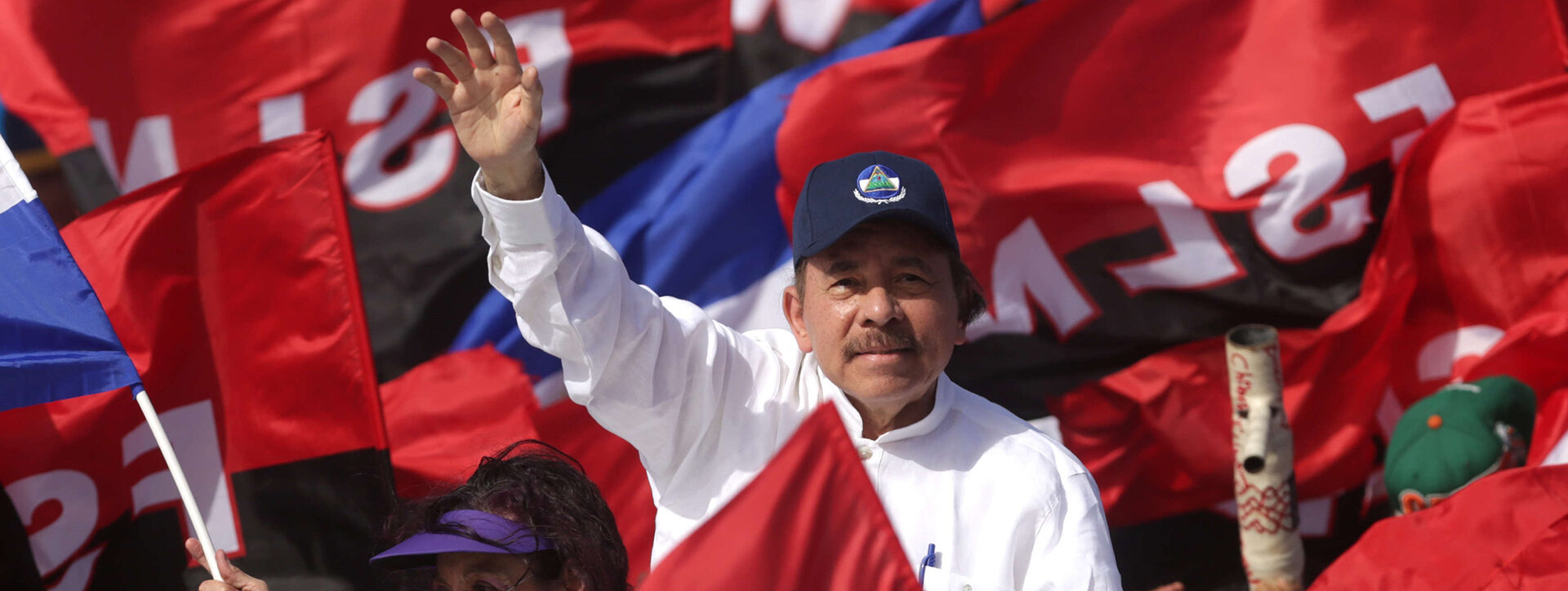
 Central America4 days ago
Central America4 days agoNicaraguan Exiles to Mark 7th Anniversary of 2018 Protests with Global Commemorations
-
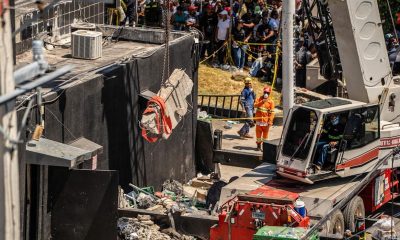
 International4 days ago
International4 days agoDominican ‘False Hero’ Arrested for Faking Role in Nightclub Collapse That Killed 231
-
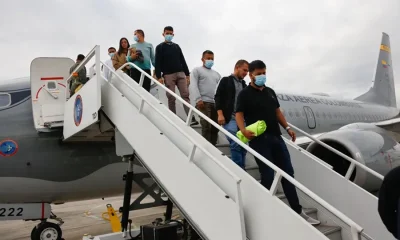
 International3 days ago
International3 days agoACLU seeks emergency court order to stop venezuelan deportations under Wartime Law
-
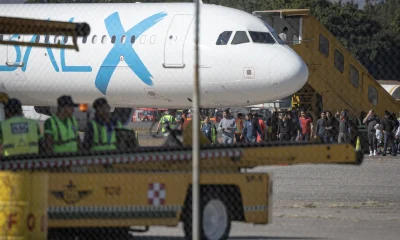
 Central America3 days ago
Central America3 days agoUN complaint filed against Costa Rica over detention of migrant children
-
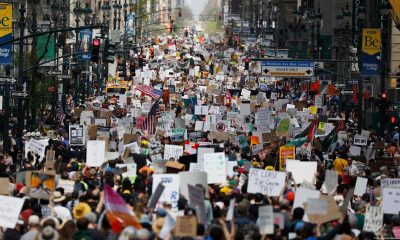
 International2 days ago
International2 days agoThousands rally nationwide against Trump’s threat to U.S. democracy
-
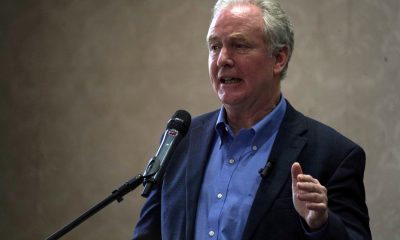
 Central America1 day ago
Central America1 day agoSenator Van Hollen Meets with Deported MS-13 Member in El Salvador; Trump and Bukele React
-
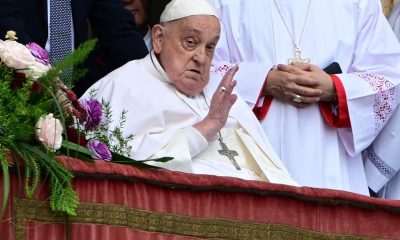
 International1 day ago
International1 day agoPope Francis Appears for Easter Blessing, Calls for Peace and Religious Freedom















